
Overview of the new book ‘The Kalhoras of Sindh: History, Nobility and Tomb Architecture’, authored by renowned anthropologist Dr. Zulfiqar Ali Kalhoro
By Sirat Gohar Daudpoto
The Kalhora is a branch of the Abbasid dynasty of Sindh in Pakistan. The scholars suggest that Kalhoras established their control over modern-day Sindh and parts of Balochistan in 1700 CE and ruled for about eighty-four years till 1783. However, recent research shows that Kalhoras were in power in Sindh hundreds of years before that, since the time of Muhammad Ibrahim Khan Abbasi, who was also known as Kalhoro Khan. The Kalhora branch of Abbasid family of Sindh are descendants of Muhammad Ibrahim Khan Abbasi, and it is one of the largest castes of Sindh.
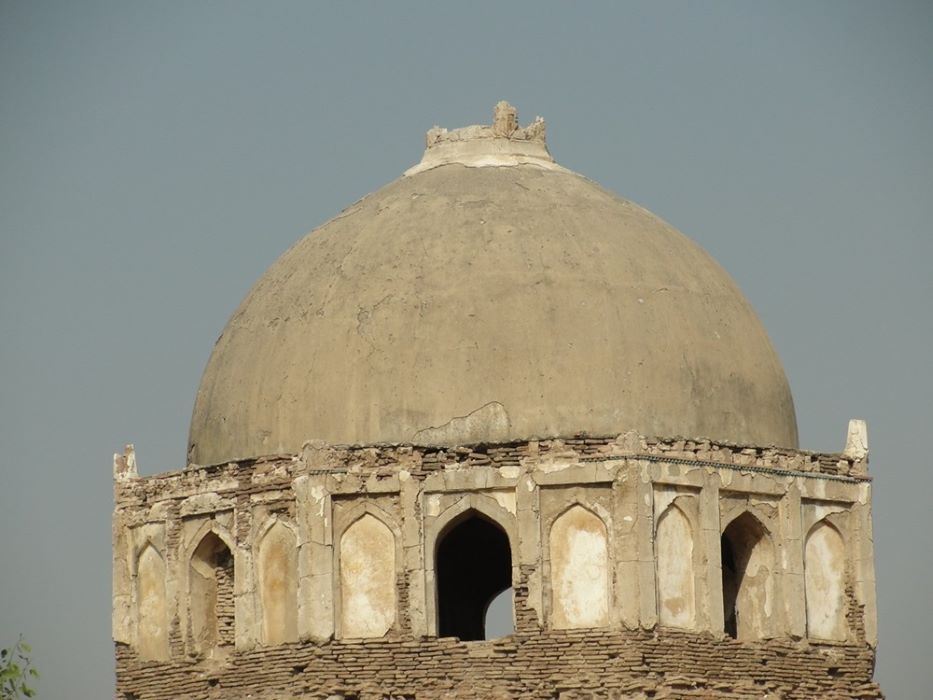
The history and monuments of the Kalhora period in Sindh, has been a focus of research of several national and international scholars. And one of those scholars is Dr. Zulfiqar Ali Kalhoro. Dr. Kalhoro’s work on the period of Kalhora history and heritage, is multidisciplinary and research-based. This is the reason that his work is considered an invaluable source of information on the Kalhoras. His new book, The Kalhoras of Sindh: History, Nobility and Tomb Architecture, is an invaluable addition to the history and culture of the Kalhoras.
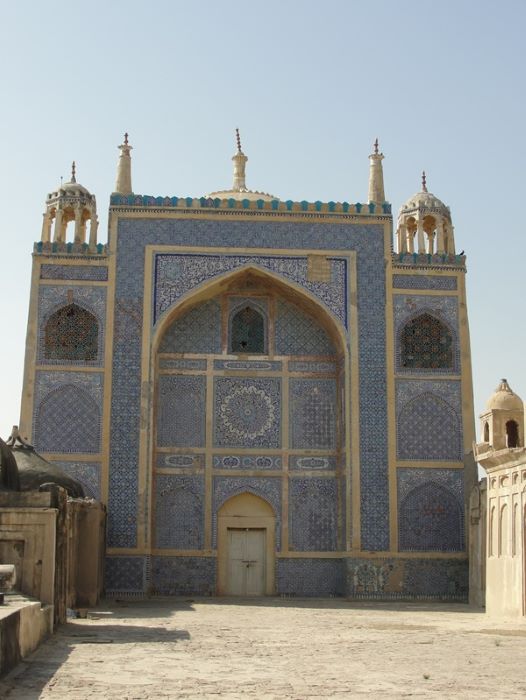
The book is written on a unique theme of the Kalhora legacy, documenting the vanishing structural heritage and bringing out the unknown aspects of the history of Kalhora period in Sindh.
Dr. Zulfiqar Ali Kalhoro is a famous cultural anthropologist of Pakistan, and his work on rock art, archeology and culture of Pakistan (Sindh and Pothohar, in particular), is well regarded. Dr. Kalhoro has published fourteen books, which includes an Urdu translation of his book, Memories, Mystics, and Monuments of Pothohar by Tehmina Yasmeen Muhammad. He is currently working on seven books on the archaeology, heritage and art history of Sindh, and one of these books is about the cultural heritage along the Silk Road in Pakistan.
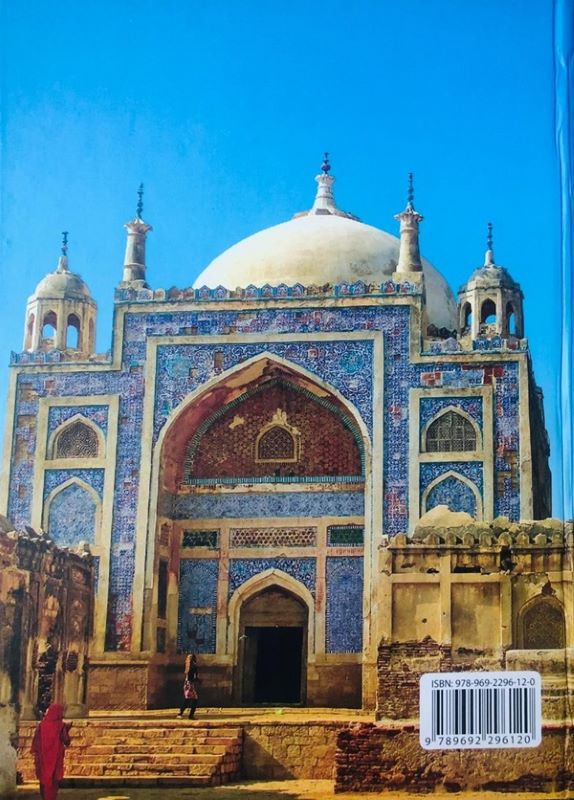
According to the information given in Dr. Kalhoro’s new book The Kalhoras of Sindh, the preliminary titles of his seven forthcoming books are (1) Sufi Heritage of Sindh, (2) An Engraved Landscape: The Rock Carvings of Taki Valley, Sindh, (3) From Brick to Stone: Talpur Tombs in Sindh, (4) Shikarpur: Perspectives on Religion, Society and Economy, (5) Pictures in Stone: The Rock Carvings of Angai Valley, Sindh, (6) Ancient Karachi and (7) Cultural Heritage along the Sindh Road in Pakistan. The titles of his published books are the following:
- Perspective on the Art and Architecture of Sindh (2014);
- Memorial Stones Tharparkar, Sindh (2017);
- Studies in Kalhora History: Economy and Architechture (2017);
- Archaeology, Art and Religion in Sindh (2018);
- Symbols in Stone: The Rock Art of Sindh (2018);
- The Rock Art of Karach (2020);
- Wall Paintings of Sindh: From the Eighteenth to Twentieth Century (2020);
- Reflections on Pothohar Heritage (2020);
- Perspectives on Kalhora History (2020);
- Glimpses of Sindhi Heritage (2021);
- Memories, Mystics, and Monuments of Pothohar (2022);
- Saints, Sufis and Shrines. The Mystical Landscape of Sindh (2022);
- Pothohar Ki Yadain Aur Yadgarain (2023, translated into Urdu by Tehmina Yasmeen Muhammad);
- The Kalhoras of Sindh: History, Nobility and Tomb Architecture (2024).
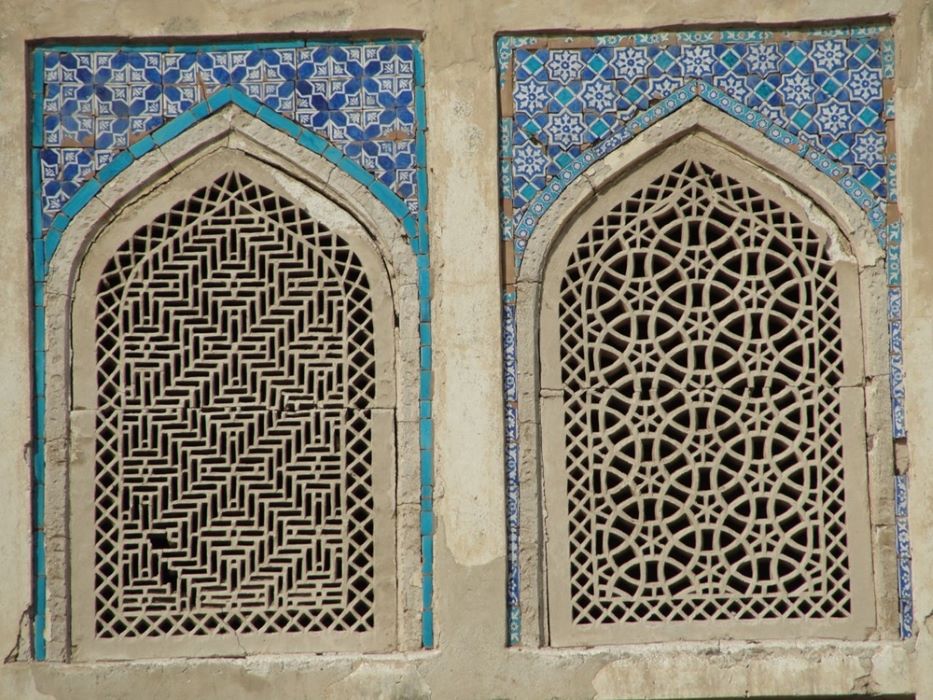
Dr. Kalhoro’s new book, The Kalhoras of Sindh, is his fourth book on the Kalhora rulers of the Abbasid dynasty of Sindh. It is written on a unique theme of the Kalhora legacy, documenting the vanishing structural heritage and bringing out the unknown aspects of the history of Kalhora period in Sindh. The Kalhoras of Sindh was published by the Dr. N.A. Baloch Institute of Heritage Research, Jamshoro, which was established in recognition of Dr. Baloch’s services to the fields of history, culture and languages of Pakistan (Sindh in particularly). Working under the Culture, Tourism, Antiquities and Archives Department, Government of Sindh, Pakistan, Dr. N.A. Baloch Institute of Heritage Research is among the reputable research and education institutions in Pakistan that organizes conferences and seminars, publishes books and offers research grants. The publication of Dr. Kalhoro’s, The Kalhoras of Sindh, by the Institute is the best example of its performance. It also has a connection with the late Dr. N.A Baloch, because the Kalhora history was one of Dr. Baloch’s main areas of interest.
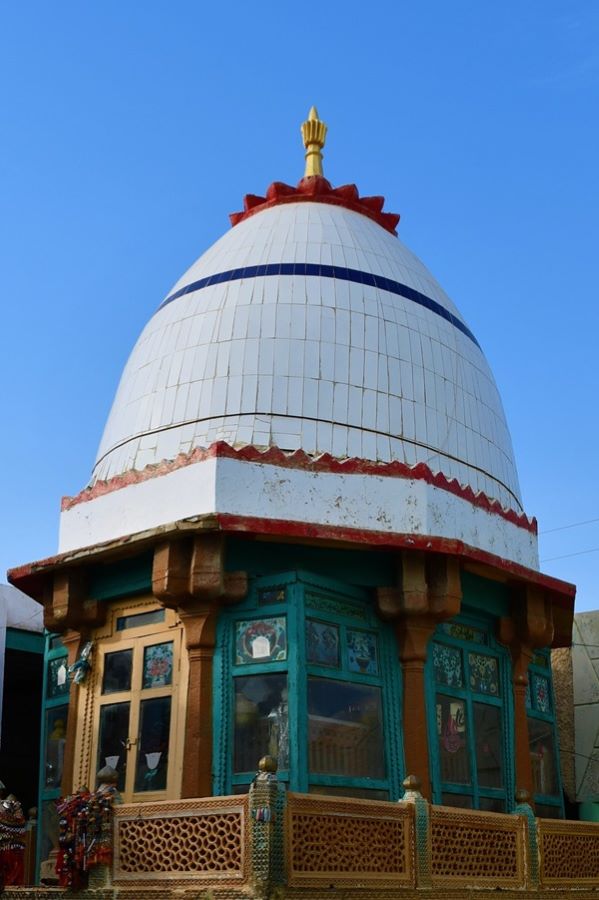
The Kalhoras of Sindh is consisted of an introduction, five chapters and glossary, and it also includes the publisher’s note and acknowledgments and the reference list and index. The introduction outlines the history of Sindh with reference to the Kalhoras and the process/methodology of data collection for this book. The chapter one, History of the Kalhoras, contains a detailed account of the history of the Kalhoras, ‘focusing on their early history when the tribe rose to prominence and consequently became the rulers of Sindh’. The following two chapters, Kalhora Nobility and Tombs I (chapter 1) and II (chapter 2), are on ‘the nobility that served the Kalhoras’. These chapters provide information about the prominent tribes and their lineages, and a large part of these chapters is about ‘the military officials and disciples’ (of the Kalhoro rulers). In the fourth chapter, Kalhora Period Tombs and Their Special Features, the characteristic features of the ‘royal tomb architecture’ of Kalhora period is described, and it also discusses the Kalhora inspiration for building tombs for royalty/nobility and the new architectural components introduced by Kalhoras in the funerary architecture. The fifth chapter is the conclusion, which is followed by a glossary of architectural terms/word.
Read: Haven For The Elderly: Shikarpur’s Pre-Partition Budha Ashram
Title: The Kalhoras of Sindh: History, Nobility and Tomb Architecture
Author: Zulfiqar Ali Kalhoro
Publisher: Dr. N.A. Baloch Institute of Heritage Research, Jamshoro
Year: 2024
Pages: 209
Price: 2000 PKR
Dr. Kalhoro’s, The Kalhoras of Sindh, is a very informative and an interesting book. It includes highly quality pictures, complementing the text and offering alternative visual experiences of the places. Apart from this, a map showing the distribution of Kalhora Period Tombs in Sindh is also included in the earlier pages of the book to help the readers/researchers locate the tombs. Overall, The Kalhoras of Sindh is an invaluable source of information about the history of Sindh during the Kalhora rule, and researchers and students working on the history and monuments of the Kalhora period in Sindh, will find it very useful for their study.
Read: Mirs and Minorities- Samadhis of Udasi Sikhs
________________
Courtesy: Youlin Magazine (Posted on March 12, 2024)
[…] Read: History, Nobility and Architecture of the Kalhora Period in Sindh […]